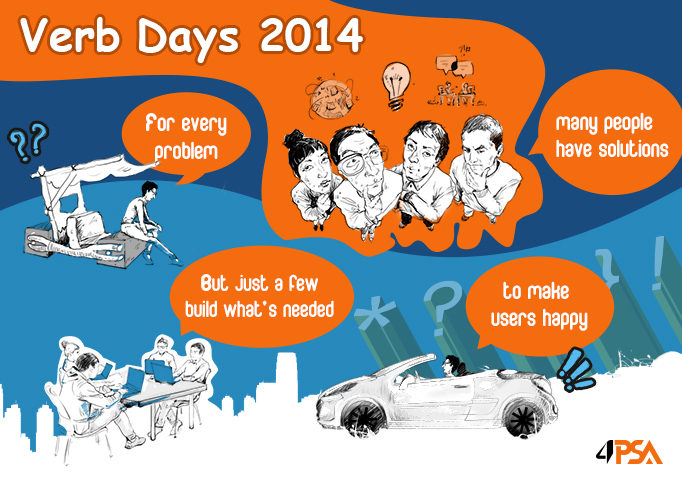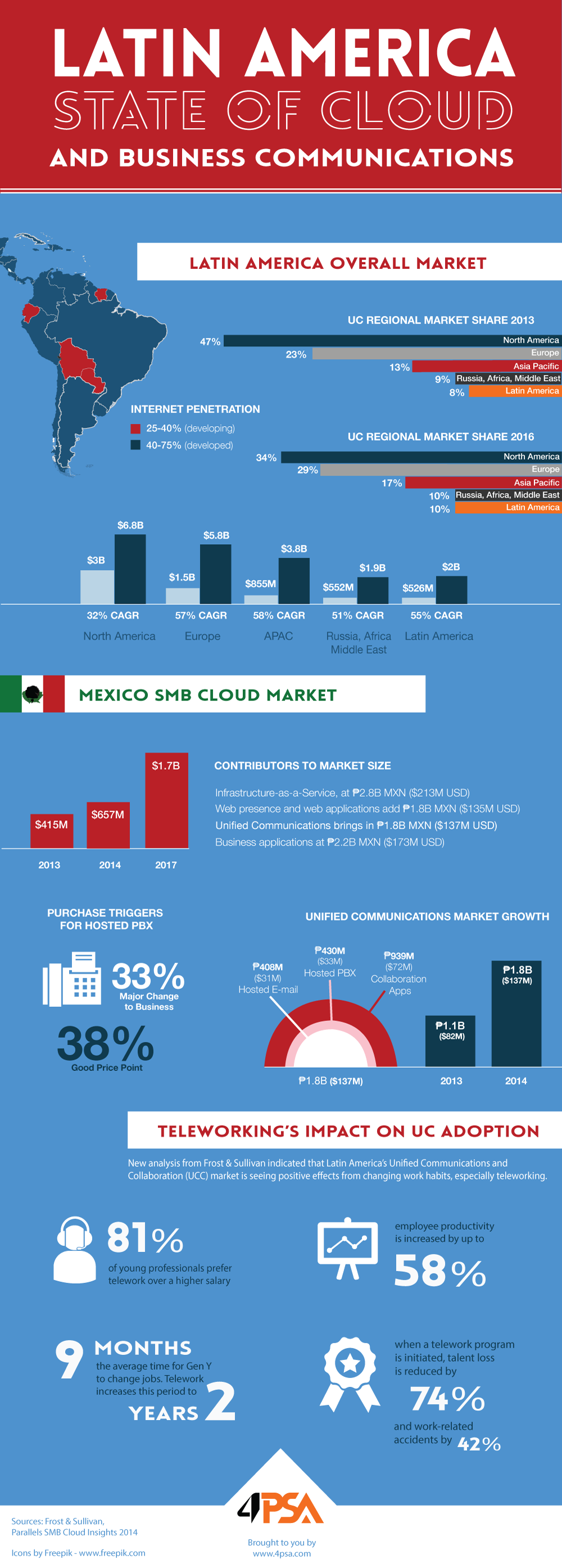Just a couple of days left until Christmas and everyone is getting all cozy.
Not at 4PSA though! We’re tuning our focus to the maximum, because it’s Verb Days again!
Verb Days, now at its 3rd edition, is an internal hackaton that we’re hosting every year before the winter holidays. In teams including both tech and non-tech people alike, we spend a full day to create and implement an application of choice. It’s an adventurous process that involves creative thinking, sharing ideas, laughter, coffee, healthy snacks and…coding. Lots of coding!
The event lasts from early morning to midnight, but time flies fast when you’re having fun.


